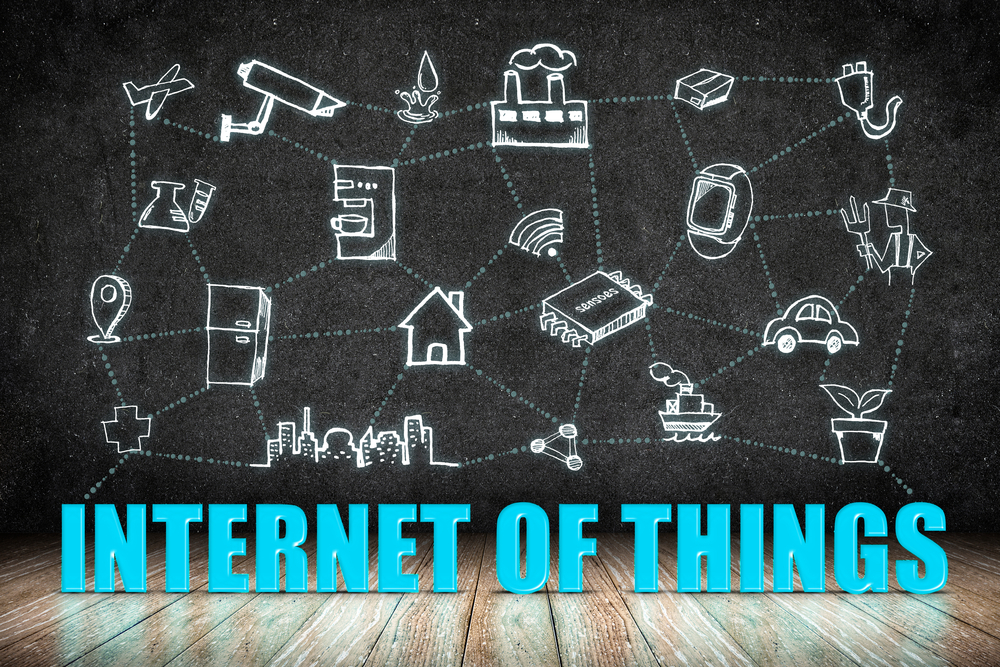The well-known rule that a chain can never be stronger than its weakest link certainly applies to complex and layered Internet of Things (IoT) systems.
Even at their most basic, they all have sensors, connectivity and applications. Whereas new technologies have found their place in the IoT universe (RFID, IPv6, big data, RESTful APIs), one critical piece – API management – has been left out, and risks turning into the weakest link.
This oversight can pose huge risks for businesses operating in the IoT space. APIs are, after all, the glue that connects the “things” to the internet.
Companies access (or give access to) these things and the data they generate – both of which are growing at an astounding rate.
IDC predicts the installed base of IoT units to grow at a 17.5% CAGR over the forecast period to 28.1 billion in 2020. By then, the analyst firm believes IoT data will account for 10% of data on earth.
Most of the API management tools used today, however, were developed up to 20 years ago. At their inception, these tools had very little to do as there were few APIs and even fewer connected devices out there.
In those days, the numbers of API calls these management tools needed to handle were often measured in hours. High performance wasn’t important because it wasn’t necessary.
Since then, much has changed: hardware costs have gone up; open-source big data technologies have made storage available to even small businesses; and sensors can be placed on all manner of devices.
It’s no wonder that APIs are busier nowadays. But performance has only increased in baby-steps to a standard rate of about 200 API calls per second. This is no longer even close to being fast enough.
But the ignorance of performance goes even broader – most industry reports or benchmarks evaluate API management tools based on many criteria but not performance.
This is mostly because it’s very difficult to measure performance of API management tools – most of them are not plug-and-play and don’t support the same configurations. Plus organisations need more than just APIs – they need consumers to test them.
However, the absence of performance benchmarks doesn’t mean that, in an IoT environment, organisations should just live with the standard 200 API calls per second.
IoT businesses and use cases require much higher throughput. This is especially true in scenarios where API call performance can become mission critical.
A business selling IoT devices is likely to want to sell high volumes of them. An example device could be a smart heating system or smart lawn sprinkler that communicates with the user when a certain event is triggered.
These devices’ communications goes through an API management tool. The more connected devices and events are, the higher the API call requirement.
API management tools that aren’t built for performance will slow down or stall once the call limit is reached and fail to communicate with smart devices on time. The only way to overcome these limitations would be to add more expensive hardware.
If a business connects to technologies that are evolving fast, it will likely need to update the connected devices often. These updates also result in a higher number of API calls. Therefore, to ensure updates are completed smoothly, it may need a high-performance API management tool.
If offers services built upon data from smart devices or sensors, it needs to be aware that as its user base grows, so will the number of API calls to the devices. Exceeding the API call limit will slow down services and result in a bad user experience. To prevent users from turning to faster alternatives, performance should be planned from the outset.
>See also: Why opening up APIs is not just a developer priority, but a business one
If it opens up its API platform to third-party app developers, it probably wants many to access it. However, if the limit of API calls set is too low, this will result in a bad developer experience. A platform that offers better performance will naturally provide a better competitive advantage.
In order to monetise data, businesses will have to collect a lot of it and make it available through their API to many external developers or to their own web applications. Again, failure to scale will cause bottlenecks.
Whichever of these scenarios applies to a business, future-proofing IoT investment requires a technological overhaul of the API management tool to ensure that performance is a top consideration, regardless of what industry benchmarks say. If the API management tool is a strong link, IoT systems will be healthier and more profitable.
Sourced from Per Buer, CTO, Varnish Software










